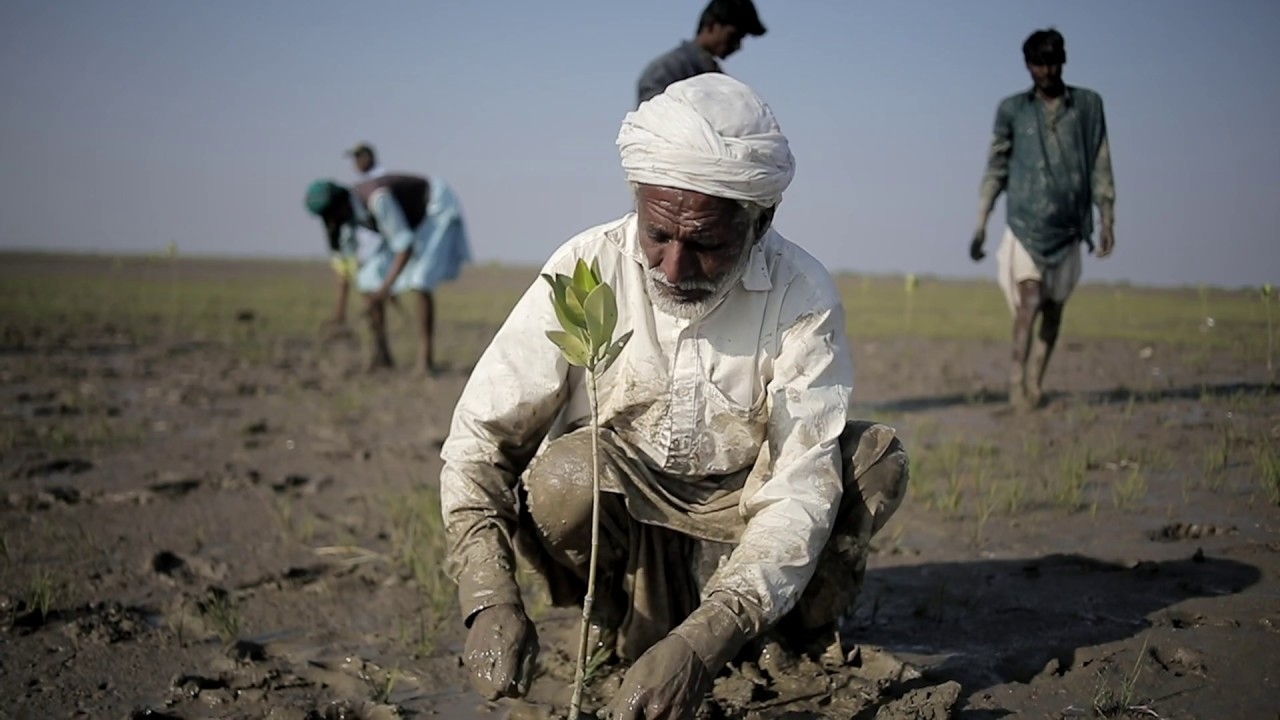80% of total greenhouse gas emissions (GHG) today are made up of carbon dioxide. Research strengthens the urgency of removing GHGs from our environment in an attempt to limit climate change. Organizations across the world are rushing to reduce their carbon footprint. Carbon credits play a key role here.
What are carbon credits?
A carbon credit is a unit of currency representing one ton of carbon emissions avoided, reduced or actively removed from the environment. Voluntary Carbon Markets (VCM) allow carbon credits to be purchased by those companies that want to voluntarily compensate for their emissions. This involves a two-step process:
- Private entities, or governments initiate projects that generate credits based on emissions reduction/removal.
- These credits can then be traded i.e., either bought or sold by a company to claim against their overall emissions targets.
The most common forms of VCMs are nature-based projects which involve carbon capture. For example, a project may avoid emissions by reducing deforestation, so a forest area continues acting as a carbon sink to reduce emissions in the atmosphere. Meanwhile, another project may actively capture emissions through reforestation, afforestation, or soil sequestration. Such projects, then, either entrap carbon from the surrounding environment or avoid its further emission.
In the last three years alone, the volume of the voluntary carbon market has grown five-fold and is now valued at up to $2 billion in market size. Carbon credits, then, become not only essential tools to compensate for or eliminate emissions in the atmosphere but an actively expanding economy projected with great potential for growth.
Have other countries used carbon credits?
Several low income countries have successfully established carbon markets and pricing mechanisms:
- Kenya: Kenya has been successful in utilizing voluntary carbon markets to support sustainable development initiatives. The country has implemented various projects, such as reforestation and renewable energy projects, that generate carbon credits for sale in voluntary carbon markets. According to data from the World Bank, Kenya has generated over 10 million carbon credits through voluntary market projects. These projects have not only contributed to climate change mitigation but have also supported local communities by providing employment opportunities and promoting sustainable land management practices.
- Brazil: Brazil has a long history of engaging in voluntary carbon markets, particularly through projects aimed at reducing deforestation in the Amazon rainforest. By implementing projects that protect and restore forests, Brazil has been able to generate carbon credits for sale to individuals and organizations seeking to offset their emissions voluntarily. For example, the Amazon Region Protected Areas Program (ARPA) has been successful in reducing deforestation rates and generating carbon credits. According to data from the Verified Carbon Standard (VCS), Brazil’s voluntary market projects accounted for approximately 31% of global voluntary carbon credit issuances in 2020.
- India: India has actively participated in voluntary carbon markets and has been successful in implementing projects that contribute to sustainable development. One notable initiative is the Clean Development Mechanism (CDM) project under the United Nations Framework Convention on Climate Change (UNFCCC). These projects generate Certified Emission Reductions (CERs) that can be traded in voluntary markets. According to the CDM Dashboard, India has registered a significant number of CDM projects, primarily in sectors such as renewable energy, energy efficiency, and waste management. These projects have resulted in emissions reductions and have helped India attract investments in clean technologies.
Has Pakistan adopted them?
While Pakistan contributes less than 0.9% to GHG emissions, the country is one of the most vulnerable victims to the adverse effects of climate change. The Asian Development Bank estimates that Pakistan’s economic losses due to climate change could reach 9-14% of its GDP annually by 2050 if appropriate mitigation measures are not taken. By adopting carbon pricing mechanisms and encouraging emission reductions, Pakistan can minimize these potential economic losses and protect its economy from climate-related shocks.
Despite aspiring ambitious targets for emission reductions based on its NDCs, only one carbon offset project in Pakistan has successfully traded its credits in the global carbon market. The Delta Blue Carbon Project, which involves the conservation of mangroves in Sindh’s coastal regions, serves as an exemplary project aiming to offset 142 million tonnes of carbon dioxide. This past June, the organization sold 50,000 tons of carbon-removal credits at an auction in Singapore.
With the arrival of Verra Standards, however, this has the potential to change.
Read more on how Verra can boost carbon credits in Pakistan: Carbon Markets for Green Growth





